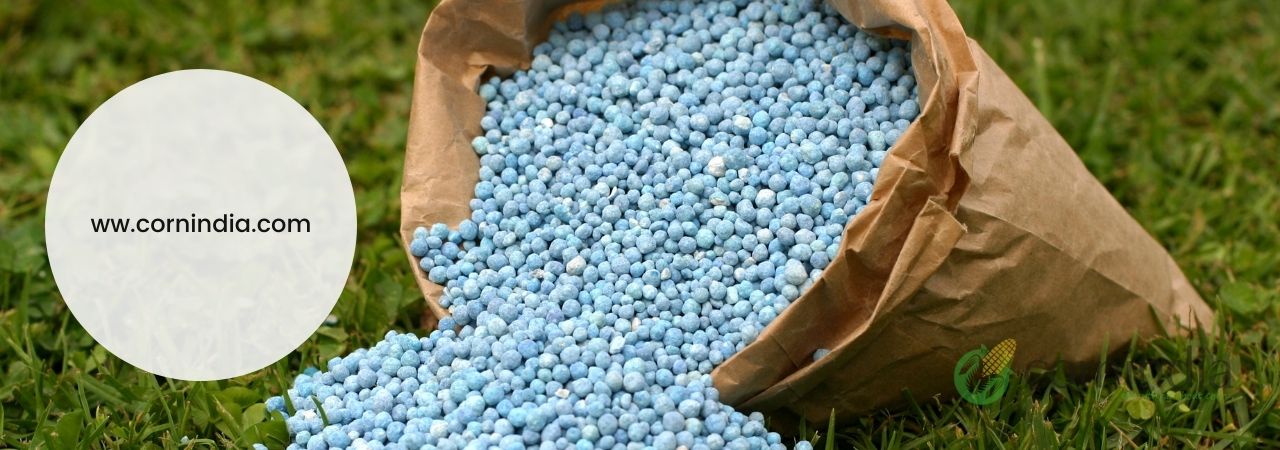
Potential of Hybrid Maize
Field experiments were conducted on sandy loam soils (Alf sols of low to medium soil fertility status) at Rajendranagar campus, Hyderabad during two successive kharif seasons of 1991 and 1992 at the same site leaving the land fallow between the seasons to assess fertilizer responsiveness and yield potential of hybrid maize (DHM 105).
Although the hybrid was officially released for rabi cultivation, it was tested during the rainy season under I.D. conditions with limited irrigations (about 5 Irrigations during the crop growth period as and when necessary. During kharif 1991, the highest mean grain yield (78’q/ha) was recorded under conjunctive use of NP fertilizers (120kg N+60 kg p2O5/ha) which was significantly higher than N applied alone at any of the levels for the potential of hybrid maize(60, 120 and 180 kg N/ha yielding 57-64 q/ha).
During the following kharif (1992), the grain yields, in general, were higher than those for kharif 1991 due to more favorable rainfall conditions. Mean grain yields of the order of 104 and 105 q/ha were recorded under the treatments 180 kg N + 60 kg P2O5/ha and 180 kg N+ 60 kg P2O5 +30 kg K2O/ha, respectively.
These Potential of Hybrid Maize were significantly higher than those at any of the N levels when applied alone 960, 120, 180 kg N/ha yielding 68.5, 79.0 and 81.0 q/ha, respectively) but on par with grain yields of 96 and 95 q/ha recorded under the treatments (120 kg N+60kg P2O5/ha and 120kg N+60 kg P2O5 +30 kg K2O/ha respectively.
The highest individual plot yields of 88 q/ha and 118 q/ha were achieved during kharif 1991 and 1992 under the treatments,120kg n+60kg P2O5/ha and 180kg N+60 kg P2O5/ha, respectively. These results confirm the high yield fertilizer responsiveness (with respect to N&P) and the Potential of Hybrid Maize
DHM-105 during kharif in addition to its established high yield potential during rabi, e.g., highest mean grain yield of 137 q/ha was recorded under recommended fertilizer dose i.e., 120kg N+60kg P2O5+30kgK2O+50kg Znso4/ha and a highest individual plot yield of 151 q/ha under the treatment, 180 kg N+60kg p2O5/ha in an experiment conducted during rabi 1992-93 at Rajendranagar campus on same type of soil but at a different experimental site of medium to high soil fertility status. Since 80% is grown during rainy season, the above results are of practical importance in boosting maize yields in general.
The results of these experiments further demonstrate that by judiciously tapping the resource and environment (soil, water, fertilizer, seed material etc) we can achieve maximum output from optimum inputs without imparing the environment since the general soil fertility status was not significantly effected as observed from soil analysis after harvest of the crop.






